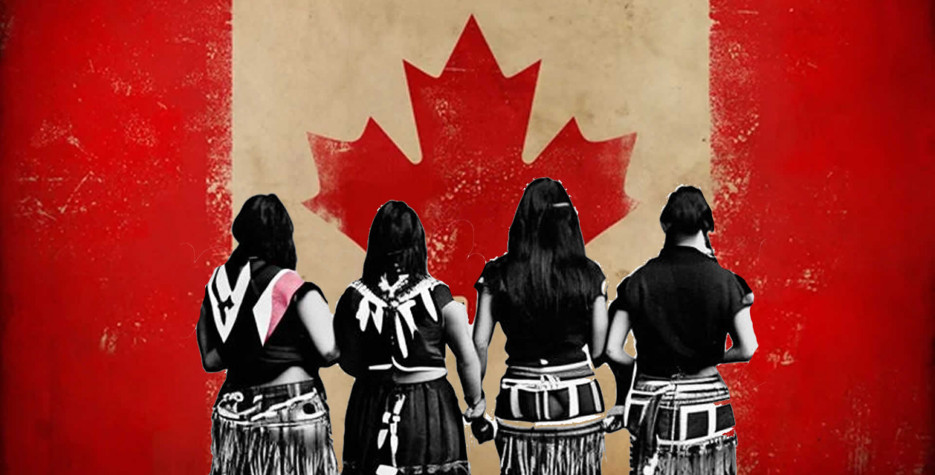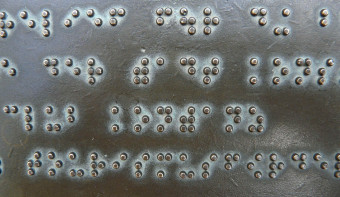About Ribbon Skirt Day
The national day came to be after 10-year-old Isabella Kulak was shamed back in December 2020 for wearing a ribbon skirt to her school’s formal day.
Isabella, then Grade 5 student and a member of the Cote First Nation in Saskatchewan, wore a ribbon skirt to school for a formal day. Isabella said school staff told her the skirt was not considered to be formal wear.
After the youth received a wave of support, a bill was brought forward to mark January 4th as a national holiday to honour the ribbon skirt. The skirt is a ‘centuries-old spiritual symbol of womanhood, identity, adaptation and survival,’ as well as a ‘direct connection to Mother Earth and its sacred medicines.’
Ribbon skirts are traditionally worn in ceremonies and during special events by Indigenous women and are representative of the person's identity, diversity and strength.
Bill S-227 had its first reading March 16, 2021.
The national day of recognition is said to give Canadians the opportunity to not only learn about the symbolism and traditions of the ribbon skirt but the importance of indigenous traditions and expressions of culture, like the ribbon skirt.






